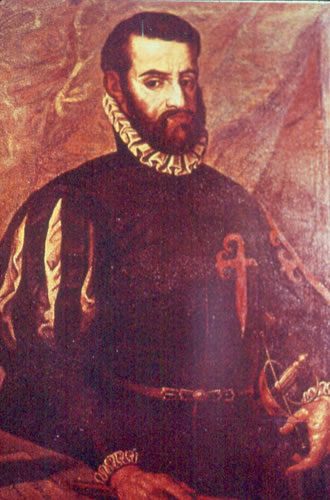Seventy three years after Columbus sailed to America, another Spanish admiral, Pedro Menéndez de Aviles, landed in Florida and established a colony among the Timucua Indians. He named it St. Augustine on September 8, 1565.

The settlement was already 42 years old when English settlers founded Jamestown, and has survived until today as the oldest continuously occupied European town in the United States.
Over the two turbulent centuries between St. Augustine’s founding and the departure of the Spaniards in 1763, the city was home to Spaniards, American-born Spanish (criollos), American Indians, Africans and mixed-blood people. Together they created a lively multi-cultural and multiethnic society that was unique in colonial North America.
Much of St. Augustine’s history has been uncovered through archaeology in the home sites of its colonial residents, and a great deal of what we know about their often difficult daily lives comes directly from the excavated artifacts those people made, used, lost and discarded over the centuries. We invite you to meet some of them, and to join us as we trace life and society in Spanish St. Augustine through their artifactual “words from the earth.”
Next → St. Augustine Exhibit Timeline
This exhibit was funded in part with historic preservation grant assistance provided by the Florida Department of State’s Bureau of Historic Preservation, with assistance from the Historic Preservation Advisory Council. Additional funds were provided by the Florida Museum of Natural History at the University of Florida.